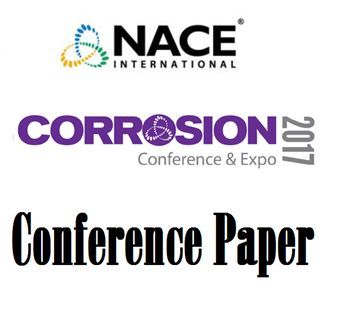Variability of operation and practices can lead to mechanical integrity issues of equipment. A similar case was observed when an external UT survey was conducted on a biocide storage tank that showed localized areas of metal loss in the tank wall. The tank was opened for inspection and extensive internal corrosion damage was observed mainly in the form of large isolated pits. Three potential corrosion mitigation options were evaluated: upgrading the tank material from coated carbon steel to 316 stainless steel, installing a non-metallic lining, or keeping using the coated carbon steel and changing the operation practices. Each mitigation option was evaluated based integrity, feasibility, and economic factors. It was found that keeping the coated carbon steel and adjusting the operation practices can ensure the integrity of the tank while lowering the required economical investment. As such, a new operation manual was issued for the biocide storage tanks that ensured that the corrosion inducing environments are avoided.
Product Number:
51322-17906-SG
Author:
Ayman A. Alabdullatif, Rakan A. Al-Shebil, Wakeel Ahmad
Publication Date:
2022
$0.00
$20.00
$20.00
As facilities in the oil and gas industry age with time, corrosion mitigation and control become ever more important. Failure of any part of processing equipment is likely to entail production loss, loss of containment, environmental impact, and/or human risk. Internal corrosion failures represent one of the major risks to a process equipment and piping. Chemical treatment is one of the main corrosion mitigation methods that are used in the industry. These chemicals include corrosion inhibitors, scale inhibitors, oxygen scavengers and biocides. As these chemicals are used to mitigate corrosion, it is sometimes forgotten that in their neat form, they can be corrosive if not used, stored, and maintained properly. As such, the concepts of corrosion management should be applied to chemical injection systems as well.
Corrosion management includes correct selection of materials, protection from corrosion, and corrosion monitoring and inspection. This should be carried out at the stage of design and then optimized and improved upon while under operation. In some instances, changes can happen to a facility that renders previous corrosion management practices ineffective. Under such circumstance, it is important to reapply corrosion management concepts and choose the most effective options to rehabilitate the system.




